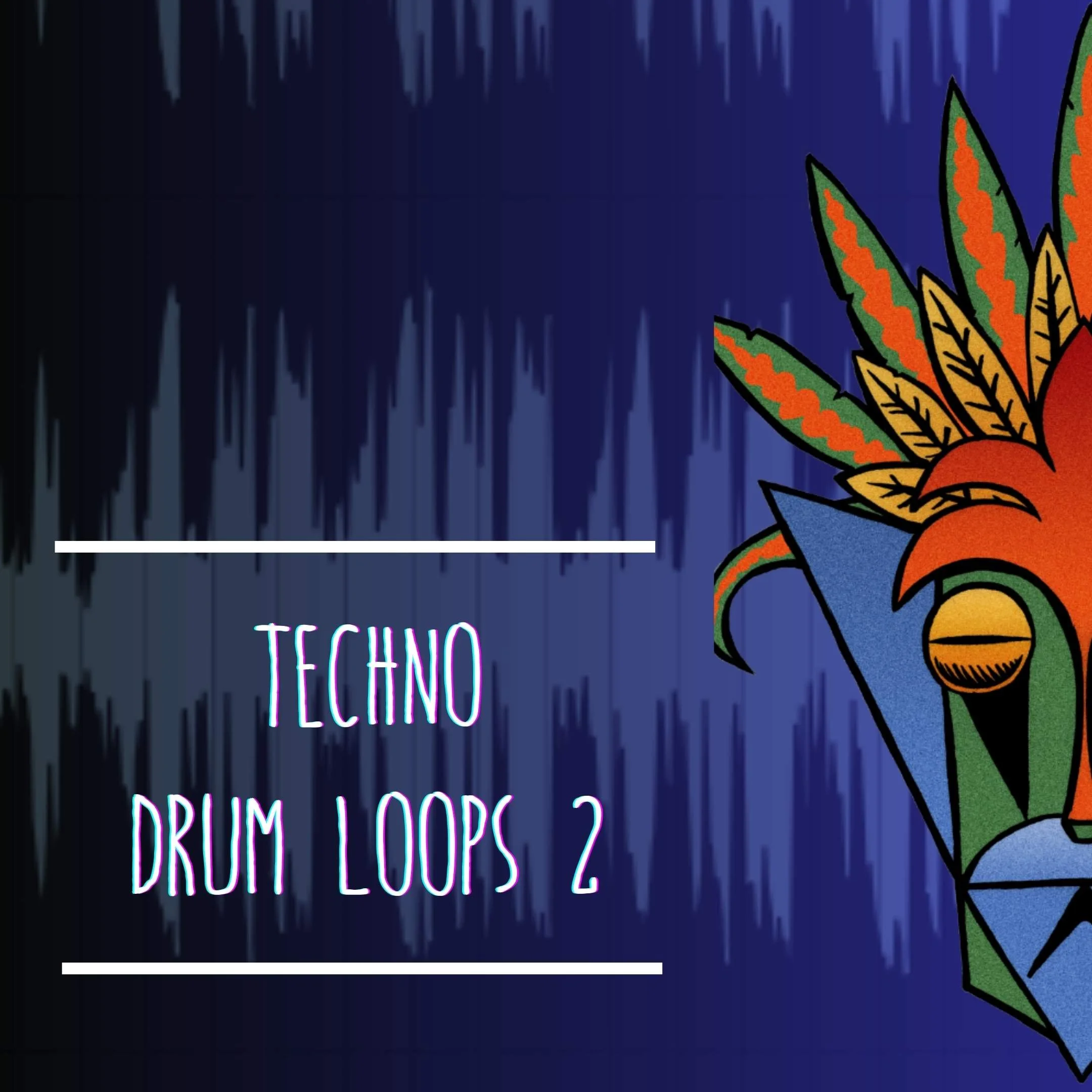Crafting Hypnotic Techno Sequence Loops with u-he Hive
Techno thrives on hypnotic, evolving loops that captivate listeners through subtle movement and rhythmic precision. Techno thrives on hypnotic, evolving loops that captivate listeners through subtle movement and rhythmic precision. Leveraging u-he Hive, you can craft sequences that not only drive energy but also showcase intricate textures and evolving dynamics—key elements of professional sound design. Leveraging u-he Hive, you can craft sequences that not only drive energy but also showcase intricate textures and evolving dynamics—key elements of professional sound design.
In this guide, we’ll explore:
Building techno sequence loops with Hive’s step sequencer and modulation tools.
Adding subtle movement and variation to keep sequences evolving.
Using effects and automation to elevate your sound design.
Section 1: Building the Foundation of Your Sequence Loop
Setting Up the Oscillators
Start by designing a sharp, percussive sound to use as the foundation of your sequence:
Choose Waveforms:
Select a sawtooth or square wave for their bright, punchy tone.
Layer for Depth:
Use Oscillator 1 for the main sound and Oscillator 2 slightly detuned (5-15 cents) for added richness.
Shape the Envelope:
Keep the Attack short and adjust Decay and Sustain to create a snappy, rhythmic sound.
Programming the Step Sequencer
The step sequencer drives the rhythm and pitch movement of your loop. Follow these steps:
Set the Time Base to 1/16:
In Hive’s ARP/SEQ panel, set the TimeBase parameter to 1/16 for a tight, rhythmic groove.
Program the Steps:
Use 16 steps as your foundation. For a rolling pattern:
Set some Gate values to 0 to introduce rests.
Add Trsp (transpose) values to shift pitch for selected steps.
Add Dynamics:
Use Velocity (Vel) values to control note intensity, creating accents on specific steps. For example, set Velocity to 100 on steps 1, 5, and 9 for strong accents, while keeping it around 50 for other steps to maintain a balanced groove.
Rhythmic Movement with Filter Modulation
To add movement and depth:
Assign Filter Modulation:
Route the sequencer to modulate the filter cutoff. This creates a dynamic sweep as the sequence plays.
Add Resonance Modulation:
Modulate resonance slightly for tonal shifts that evolve with the rhythm.
Tip: Start with a simple 16-step loop and gradually build complexity. Alternate between tight, rhythmic accents (16th notes) and subtle offbeat changes to keep the groove engaging.
Section 2: Adding Subtle Variation for Evolving Loops
Using LFOs for Organic Movement
Assign an LFO to parameters like oscillator pitch, filter cutoff, or panning. For example, map a sine wave LFO to filter cutoff with a depth of 20% and rate of 1Hz to create subtle, periodic sweeps.
Use slow, subtle rates (e.g., 0.1Hz–1Hz) for gradual, evolving changes.
Random Modulation for a Humanized Feel
Introduce random LFOs to modulate velocity or filter cutoff. Balance the randomness by setting a limited modulation depth, ensuring the changes are subtle enough to remain musical while still introducing variation.
This adds unpredictability, preventing the sequence from feeling static.
Velocity Modulation
Use Hive’s velocity mapping to modulate volume or filter intensity for individual steps.
Create dynamic accents by varying velocity on key steps for a rolling, percussive effect.
Tip: Combine LFO and random modulation for sequences that feel alive and constantly shifting without losing rhythmic structure.
Section 3: Enhancing with Effects for Depth
Delay and Reverb
Delay:
Apply a tempo-synced delay to create a pulsing, hypnotic rhythm that complements the sequence.
Reverb:
Add a small amount of reverb to push the sequence into an atmospheric space without washing it out.
Distortion and Saturation
Use Hive’s built-in distortion to add grit and warmth to the sound. Try a soft-clip distortion with the drive set to 30% for a subtle, analog-style warmth or push it to 70% for aggressive textures.
Experiment with subtle drive to emphasize transients and make the loop punchy.
Filter Automation
Automate the filter cutoff to slowly open or close throughout the loop for evolving energy.
Combine with resonance automation for a rising, dramatic effect.
Tip: A short delay combined with panning modulation can create a sequence that feels wide, textured, and immersive.
Section 4: Layering and Exporting for Flexibility
Layering Multiple Sequences
Design two complementary sequence loops with slightly different rhythms or pitches. For instance, use one sequence with tight, punchy stabs and another with sustained, atmospheric chords to create contrast and depth.
Pan one left and the other right to create a stereo image.
Adding Noise Textures
Layer a subtle noise oscillator beneath the sequence for texture. Shape the noise with a high-pass filter at 300Hz to keep it clean, and modulate its amplitude subtly using an LFO to add dynamic variation.
Modulate its amplitude or filter to keep it dynamic and evolving.
Bouncing and Reprocessing
Bounce your sequence loop to audio and resample it. This allows you to layer it with other elements, apply additional processing such as time-stretching or pitch-shifting, and experiment with creative effects that might not be possible in the original sequencing stage.
Add additional effects like EQ, compression, or external delays to refine the sound further.
Tip: When layering sequences, ensure one loop occupies the low-mids (for weight) and another the high-mids (for clarity) to avoid muddiness.
Conclusion
Using u-he Hive, you can design evolving techno sequence loops that drive energy, movement, and hypnotic appeal into your tracks. By combining Hive’s step sequencer, modulation tools, and creative effects, you’ll unlock a world of sequences that evolve, shift, and captivate over time.
Start simple, build layers, and let Hive do the heavy lifting—your next hypnotic groove awaits.


































